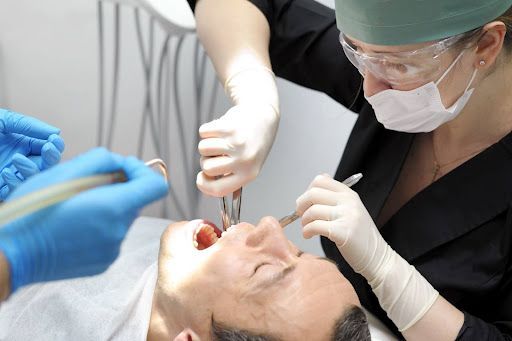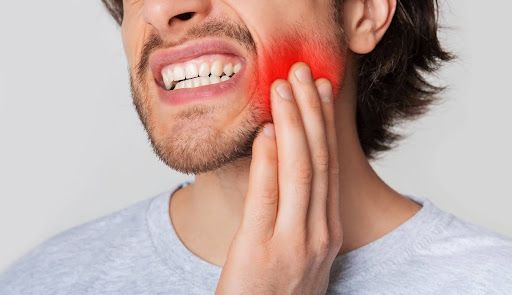Answering Your Dental Inlay Questions
May 20, 2020
If you’ve had a dental cavity as an adult, you’re far from alone. According to the National Institute of Dental and Craniofacial Research, 92% of adults between 20 and 64 have had dental cavities in their permanent teeth. Dentists have several options to choose from when deciding how to restore a patient’s tooth after removing a cavity, including fillings, inlays, and onlays. Today we will answer some of the most common questions we receive regarding the dental inlays at our office.
What’s the Difference Between a Dental Inlay and Filling?
Though both can restore a tooth after a cavity has been removed, fillings are better for more minor cases of tooth decay compared to a dental inlay. FIllings are made on-the-spot in the dentist’s office in a single visit. In cases where dental decay is more advanced, an inlay may be recommended. Dental inlays can also be used to repair a broken or fractured tooth in instances where the cusp of the tooth is unaffected.
How Are Dental Inlays Created?
In order to create a dental inlay, many offices take a mold of the affected tooth and have an outside lab fabricate a one-piece inlay. This process is called ‘indirect fabrication.’ At Stephens Dentistry, we use our CEREC machine to fabricate inlays so that they can be placed the same day. The application process is also a bit different from traditional fillings, with the inlay requiring a special dental cement to be applied.
What Are Dental Fillings Made Out Of?
Dental inlays are most commonly made from tooth-colored ceramic, porcelain, or a specialized dental composite. Though all restorative dental procedures carry some degree of risk, dental inlays are generally considered to be safe.
How Can I Help My Dental Inlay Last?
Though many people will eventually need to replace their dental inlays, excellent daily care and regular visits to your dentist can help keep it looking and feeling its best. Here are some additional tips to keep your dental inlay in good shape:
- Don’t use tobacco products
- Choose water over sugary or acidic beverages
- Avoid sugary, sticky, or hard foods (including chewing on ice)
- Limit the amount of staining beverages you drink (tea, coffee, red wine)
We Provide Inlays in Evanston
Stephens Dentistry has been serving patients from Evanston, IL and the surrounding areas for over 60 years. Our team is highly trained to provide a number of restorative dental services, including bonding, filling, bridges, dentures, and inlays in Evanston. Contact us today.
The post Answering Your Dental Inlay Questions appeared first on Stephens Dentistry.







